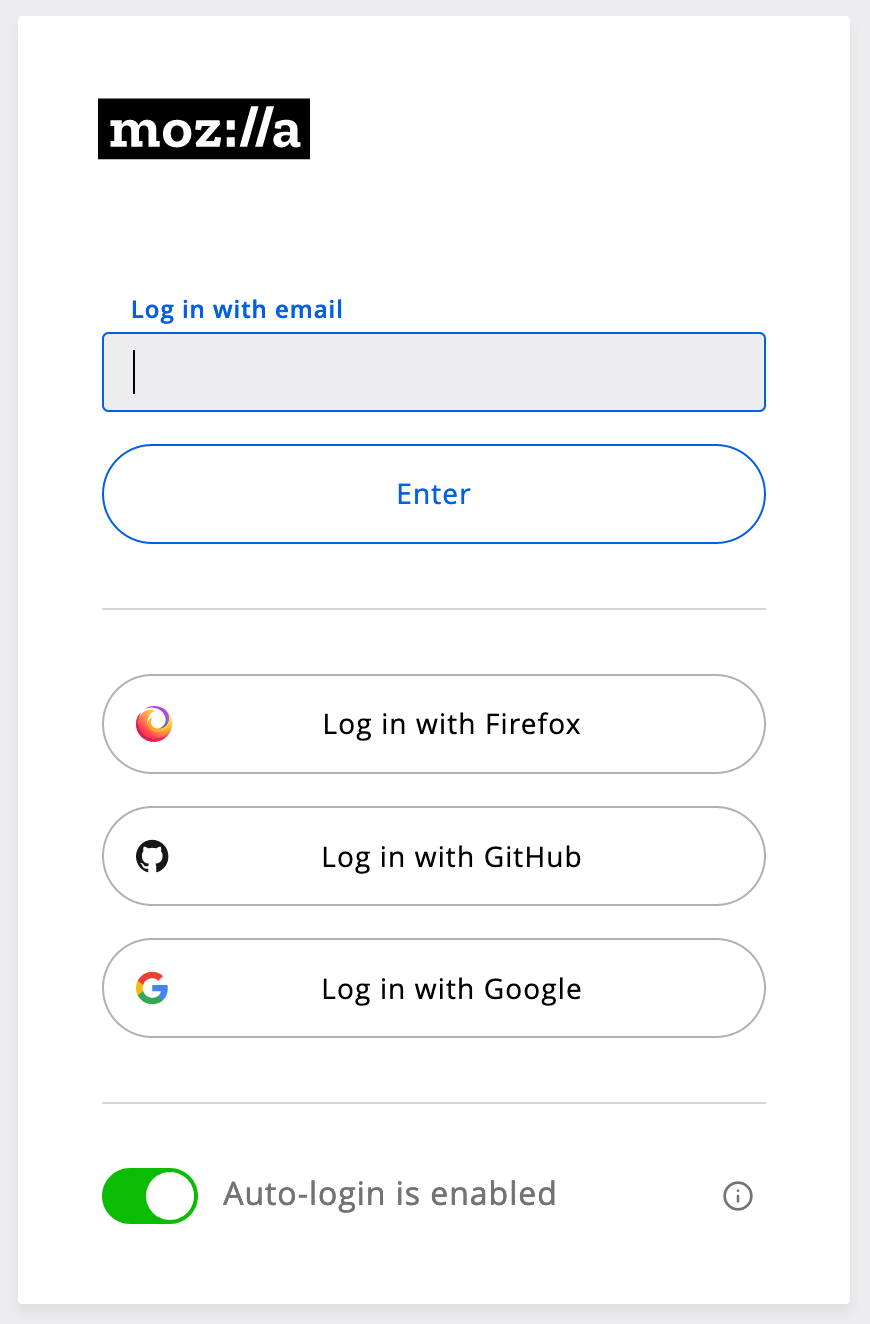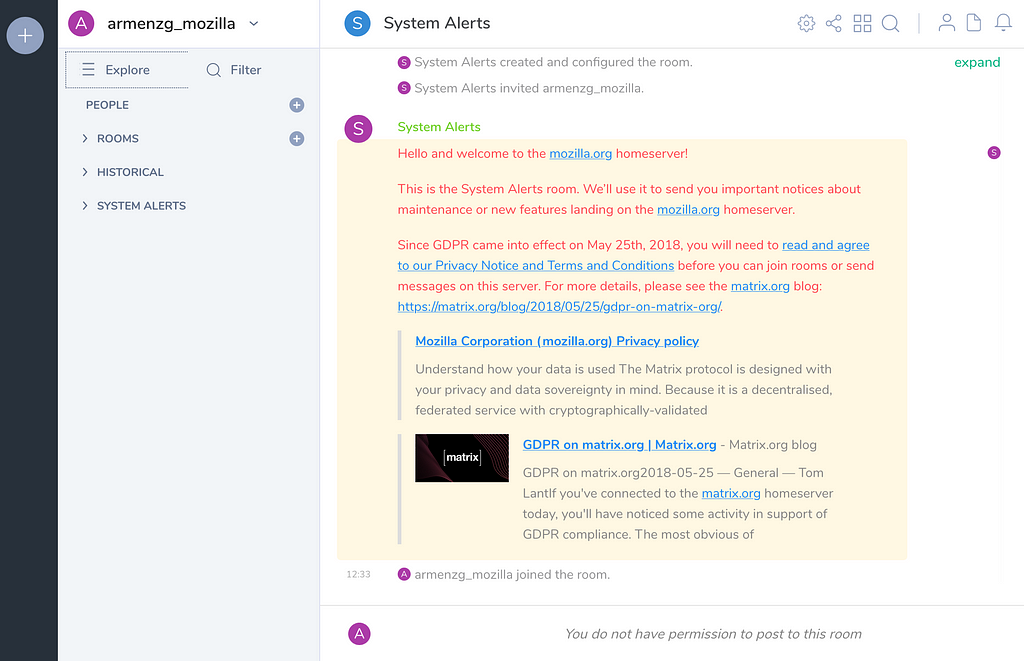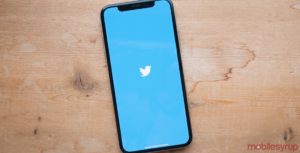
Tim Cliss (left) in England; Frank McCaughey (right) in Dublin, Ireland (screen shot)
For those intrigued by the ideas of radical non-duality, who are not drawn to watch long videos and prefer to learn by reading, here is an edited transcription of much of an interview from a year ago, by Frank McCaughey (from his series Can I Be Frank? aka Behind the Curtain) of Tim Cliss. Tim’s message is much like Tony Parsons’ and Jim Newman’s, but you may find Tim’s engagingly compassionate way of speaking and his thoughtful turns of phrase resonate more with you, or provide a different and useful perspective on the subject. The unraveling continues.
Can I Be Frank #37 — Frank McCaughey talks with Tim Cliss
[A few of my ‘asides’ and interpretations are indicated below in square brackets. Note that both Tim (T) and Frank (F) were laughing almost continuously during this chat, and are speaking candidly and informally as good friends. It’s not a formal, ‘arms’ length’ interview. Tim smiles non-stop, and there’s no tone of authority in any of this. So don’t take it, or anything that is said, too seriously! If you want to get a sense of the playfulness of this interview, watch a few minutes of the video using the link above before reading.]
[0:00 — casual hellos and updates; discussion about talking about this with family]
[3:05]
F: Is your Mum interested in this?
T: (laughing) Are you joking? I’ve tried to explain it to her; I keep it really simple. When I was into Eckhart Tolle and the Power of Now, that was OK [with her]. Then she worried about me after that.
F: With my Mum it was “I know what you’re talking about, but let’s never talk about it again.”
T: Yeah. “I’m fine but just don’t ever mention it again”. Fortunately I talk with my brother about it and he’s good with it. He’s slightly infected you could say. It is like a virus and you aren’t getting rid of it — there is no cure. It’s a story but it’s more like you’re remembering something you’d forgotten, and once you’ve remembered it, you can never forget it again. I have no idea what it is that remembers, but something remembers. “Illusion” is about the best analogy we’ve got but it’s not an illusion — that term is quite misleading as well. Illusion suggest it’s there, and it’s not. If it were an illusion, once it was seen through it would still be there, just seen as it really is, and it’s not. The biggest misconception is that there is some enlightenment experience that would be the same for everyone. That’s just a fantasy story. When it happened it was certainly not what I was looking for, or hoping for.
[12:45]
F: What were you hoping for?
T: Bliss. With a little bit of ecstasy mixed in. But just bliss would be enough.
F: But we’ve talked about this idea of different perspectives, and I can’t help put on you this idea that there’s a subtle difference in how we see the world. ‘I’ see the world here, and there, there isn’t ‘anyone’ who sees the world.
T: That’s fine. You can’t help but do that. Seeing is just seeing. There is no change in perception. The world isn’t seen in a new way. The difference between me and no-me is really subtle, and yet enormous, massive. The me is the commentary, always assessing, judging. And then there’s just a lot of space; the perception is just more empty without the me.
F: I can see that there can only be what’s happening.
[17:25]
T: Yeah, and I start with that because nearly everyone gets that. There are times when I think I’ll never speak about non-duality again, but then it’s no different here from the place you’re at — you can’t not do that, if that’s what’s happening. It’s the only motivation I have anymore — to speak about this. The energy to be motivated for lots of other things was ‘mine’, and when I wasn’t there it didn’t happen anymore.
F: So the idea of striving for anything has disappeared?
T: All gone, yeah. And that’s really distressing, in ‘the process of falling away’, very distressing. ‘Me’ was screaming “you’re losing everything here, you’re dying here!”
F: But that unwinded itself over a period of time?
T: Seemed to, yeah. Over a couple of years I guess. Or you could say the unwinding started then. You could say it’s then forever unwinding. But that’s just a story — none of it is true. I don’t like to talk about my ‘awakening’ or whatever you want to call it because seekers then say “Oh, that’s how it is then”. And then it’s just seen as a story. And then you go “I’d like to have a go at that”. And then “It must be my turn soon.”
[21:00]
F: It’s like chasing nothing, endlessly.
T: I think most people are like that. They chase nothing their whole lives and then their body dies and that’s it.
F: That’s awful.
T: Not really. I don’t find it awful at all any more. Don’t get me wrong. It was awful for me. I suffered a lot trying to be the best me I could be. It’s endless torture.
F: These conversations do expose the futility and stupidity of that kind of seeking. Even when it’s explained that there is no liberation.
T: No. There is no liberation. You’ll never find what you’re looking for.
F: I love that, too. (laughing) Fuck.
[25:30]
T: Yeah. And the me can’t bear the end of hope. It will even take hopeless as a new path, a new thing to seek. You could make ‘nothing’ or ‘emptiness’ something to seek. But when you’ve been seeking a long time, the suffering can get unbearable. That’s how it was for me. More and more desperate. That’s why this is such a terrible message to hear. The speakers I loved and still love to hear have a message of hopelessness. There is only fulfillment — there is nothing beyond or behind. There’s nowhere to get to and nothing ever moves. All movement is just a story you’re telling. Inside and outside is empty. It’s just absolutely still. It isn’t eternal — that’s a story about going on forever. There’s nothing going on. So I say it’s ordinary but it’s also beyond wonder, beyond comprehension. And when there’s a giving up of trying to find it, because it can’t be found, then you could say — “there it is”. And yet you can’t say what that is because it’s nothing. And there’s everything in that. It’s just obvious that there can’t be anything else. The loss of time as a solid reality is the biggest aspect of what we’re talking about, because the sense of self is completely caught up with the ‘reality’ of time. The continuation of myself as an existent being — that is what I am. If that doesn’t appear, the self, which is screaming in fear that it’s dying, that it won’t exist, stops appearing, and in the absence it’s not even noticeable that it ever was. I talk about my story and what it used to be for me, but it’s just a story. No different from yours or anyone’s story. And then amazingly the stories don’t die, they just become beautiful stories. There’s a misconception that the story’s the problem. The story isn’t the problem. The problem is that it’s ‘my’ story. ‘My’ story is that I am the centre of the universe, that everything is in relation to me. And it’s that relationship that stops [when the self ‘disappears’]. So there’s nothing in relationship to me anymore. And everything is just as it is. I can’t know how it is for [others] but every body works the same way; we’ve just got this illusion of uniqueness. ‘Me’-ness, specialness. Here, there’s no special human beings anymore.
[33:40]
F: [describes how this strikes him, the emotion and rawness that comes up listening to this]
T: Raw, yeah. The sense of self is like a filter from life, a defence, a survival mechanism. We seem to be the only species that’s created an existential sense of our own beingness as unique and special and made our selves the centre of the universe. It makes perfect sense to me now. I hated my self for a long time — self was the enemy. I was just screaming for ‘me’ to stop. And then when it was right at the end, strangely, I screamed to save my own life. There’s this dichotomy in the seeker, desperately seeking the end of themselves, but when it comes to that they’ll do anything to survive. Because that’s all the ‘me’ is. And as a filter it doesn’t make life less raw. It filters to make life manageable because ‘I’ need to feel in control. ‘I’ can’t stand the idea of everything being completely chaotic, random, pointless, useless.
[37:20]
F: (laughing) ‘Me’ is this ball of tension trying to keep it all together, to know the world and confirm everything it knows. But it knows that’s impossible.
[discussion about the joys of running and the feeling of accomplishment and peace it gives, and how it gives us a brief ‘effortless’ respite from ourselves]
T: I think sometimes it’s that kind of experience that drives us to become seekers.

[44:00]
F: I remember sometimes getting caught up in the thought that there could be nothing, and that thought was absolutely terrifying.
T: It is terrifying. That’s why I say that this is not what the ‘me’ wants, what it most fears. Non-existence, the void, emptiness. And that emptiness is everything. The ‘me’ can make everything else oneness, but the ‘me’ is always separate from it because the ‘me’ has made itself ‘real’. And the lie is that ‘I am real’. It’s the lie on which everything else rests. The reality of everything stems from ‘my’ reality. ‘My’ reality makes everything else real. And when ‘I’ am not, then everything is free to be what it is. It’s not that it’s not real, it’s just that you can’t say what it is anymore [Tony uses the term ‘appearance’]. I can still call a tree a tree, and the difference is incredibly subtle but unimaginably enormous as well — when it is a tree and it is not a tree. And although that sounds ridiculous, and it’s not ‘known’, it’s obvious, but it doesn’t have the ‘reality’ that it would have had. It’s not an object, a thing.
[49:45]
F: The idea of the ‘void’ is terrifying, it makes me feel sick.
T: It’s terrifying. It’s death. But there’s nothing to die, so it’s the end of death. There aren’t many advantages with this shit, but the biggest one is that it’s the end of death. It’s the end of the possibility that ‘I’ could die, The reality (there is no reality really — but forget I said that) is that there is no death. Nothing exists. Nothing is born. Nothing dies. There is only what is, as it is. The stories of birth and life and death continue, but they’re just stories, and without ‘my’ story of ‘my’ life, they’ve lost all their weight; they’re just seen as beautiful stories. The ‘me’ just imprisons itself to keep the ‘me’ safe, and blocks everything else out, especially feelings, because they’re what the ‘me’ is most afraid of.
F: Because it has no control over them.
T: Yes. The me has no say over feelings, and it desperately wants to, so it employs strategies to avoid feelings that it doesn’t want to feel. That’s life for most people. I never know what word to use to describe this ‘absence of me’. I use that rather than ‘death of me’ because nothing dies. It’s just that the appearance of me doesn’t appear anymore. ‘I’ was an appearance, and then that appearance stops, no different than when it’s cloudy and then that stops.
[Dave’s aside: earlier Tim made the point that the self is not even an illusion (it’s a “lie” we tell ourselves), but now he’s using the word appearance, the word Tony uses to describe everything other than the self — it might be interesting to explore this different use of ‘illusion’ and ‘appearance’ when the two are clearly describing the same things]
[55:00]
F: It is true that this feeling of being and me-ing and the unraveling of the self does seem to be a bit of an ‘occurrence’.
T: Yes, and it seems that this unraveling can happen in one go, or [in others] seemingly over a long time, with pauses when nothing happens. But nothing really happens. The most amazing thing in my story of me, and the hardest thing to convey, is that it was absolutely obvious that nothing had happened. The destruction of me — it felt like I was being torn to pieces — was very unpleasant, not nice, bloody. I screamed a lot. But then the only thing that was really obvious was that none of that happened.
F: But for me as a person in the world I could never say nothing really happened because it wouldn’t be true.
T: Absolutely. It wouldn’t be true for ‘you’. There is no truth. This is the end of knowing anything about truth. Truth is just what the ‘I’ wants to know. The ‘I’ is always wanting to know what’s real, what’s true.
[58:00]
F: Sometimes I ask myself “Frank, do you really know in your heart what you’re looking for here?” And I don’t know the answer, though sometimes I think I do.
T: Yeah, that’s just how it is, until it’s not. But this isn’t “better”. Though if you asked if I’d go back to being Tim again I’d say “Not for anything.”
F: So when the self is gone is there relief? And is the seeking over?
T: There is no relief because there’s no ‘me’ to be relieved. There was “the peace that surpasses all understanding”. I remember thinking that’s what that phrase meant. I worked as a therapist, and we studied the supposedly first woman therapist, who used to say when giving counsel “All shall be well and all manner of things shall be well.” And I thought [when this happened] “That’s what she meant.” I’m making it sound spiritual and it wasn’t; there was just this ridiculously simple sense of peace, with nothing out of place, even though ‘my’ life was wrecked. The feeling of ‘OK-ness’ was overwhelming.
[1:05:30]
F: How did it happen? Did you just wake up (or not wake up) one morning…?
T: No. I had no idea that I was gone. Who would know? Something was not appearing anymore that was never there. So the absence was not ‘noticeable’. The only thing that was noticed was the absence of the symptoms that the ‘me’ seemed to produce, like anxiety, guilt, blame, a lot less judgement and measuring, And yet the ability to function is exactly the same — it was never ‘mine’. Functioning is natural. But much of what I didn’t like about myself is gone. That’s why this is worth talking about. I go for months without mentioning it, and then I say something like I said to you, that’s there’s no difference, and then I realize I would never want to go back to being ‘me’ again.
[1:08:55]
F: So the sense of me is seen as just an appearance?
T: Yes. And it’s most convincing. I like the old Advaita way of saying it, it’s like a veil — that everything is seen through ‘me’. Everything I see is seen ‘from’ me, which colours, flavours, and taints everything.
F: Yes.
T: And I don’t talk about it much but I did have some revelatory experiences [“glimpses”?] where when the ‘me’ came back I described it as “the veil had been lifted and there was life as it is”. And then the veil came down again. But there is no veil. Shit, it’s convincing though.
F: Yeah, but when you start to go down this road you shift from arguing about it to asking yourself if you can agree.
[I think Tim in his following comment misunderstands what Frank was saying]
T: No. ‘You’ can’t agree. But fortunately, Frank, there’s nothing to do. No happening is any more significant than any other.
[1:12:10]
F: The whole thing is a bit mad. It’s just always this.
T: Yeah you can say that but then people just seek ‘this’. At first you try to make your words as little misleading as possible. But then you realize no one can be misled, there is no misleading. It’s all fine. It doesn’t matter at all. There is no duality or non-duality.
F: Yeah, cause then it becomes another ‘thing’. There is a subtle difference though — the seeker doesn’t like it when someone implies they are in a special ‘state’ [or knows something you don’t but presumably could].
T: There is something to be said for knowing that hopeless is the only way, as long as you aren’t hopeful about it! You don’t want hopeful hopelessness. I was exactly like you [in my aversion to people who presumed to know or be special]. Preferences here are unchanged — opinions, politics, sports, foods, activities are all the same. There’s a lot of nonsense [among so-called ‘teachers’ of non-duality] about that.
F: Do you do ‘talks’, or ‘meetings’ about this?
T: I’ve tried, but not many people show up, and you have to really go to London to do them, since that’s probably the biggest audience for this message in the world. And this will never be a popular message. It’s offensive to a lot of selves. Once in a pub one of my mates had me by the throat. You do have to be a bit careful about it!
[thanks and farewells; recording ends at 1:19:01]





























